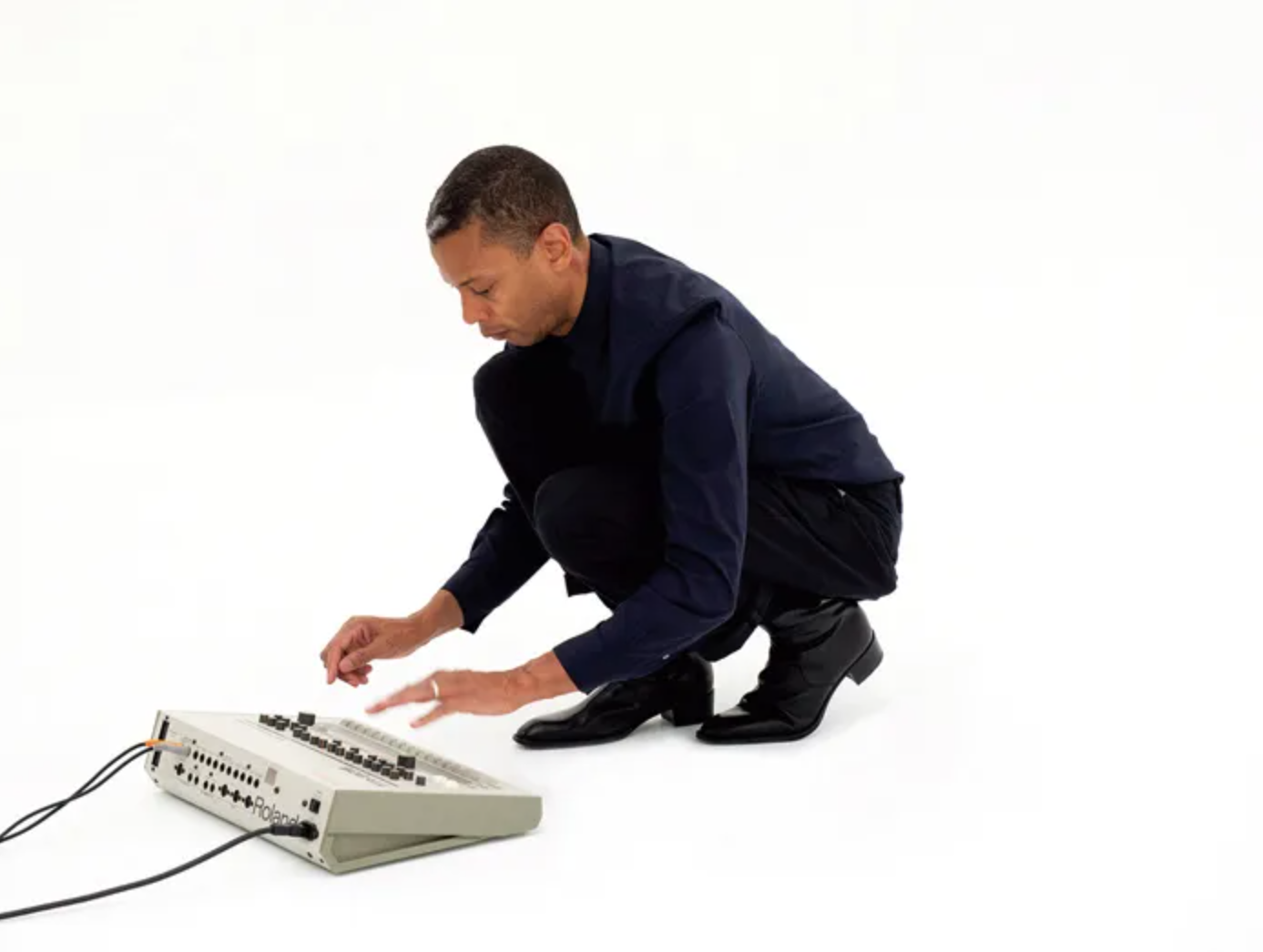Hey everybody it’s Jake T. with Minimal Audio, and we’re coming through once again with another indelible entry into our blog. This time we’re going to do something a little different and take a stroll down one of my favorite avenues in music tech: drum machines!
Are you looking to cross over into the world of hardware, but are a little unsure of where to begin? I’ve got you covered. We’ll go over feature sets, sound generation, and everything else you need to know to make an informed decision on which of these instruments will fit best into your studio!
Samples vs. Synthesis
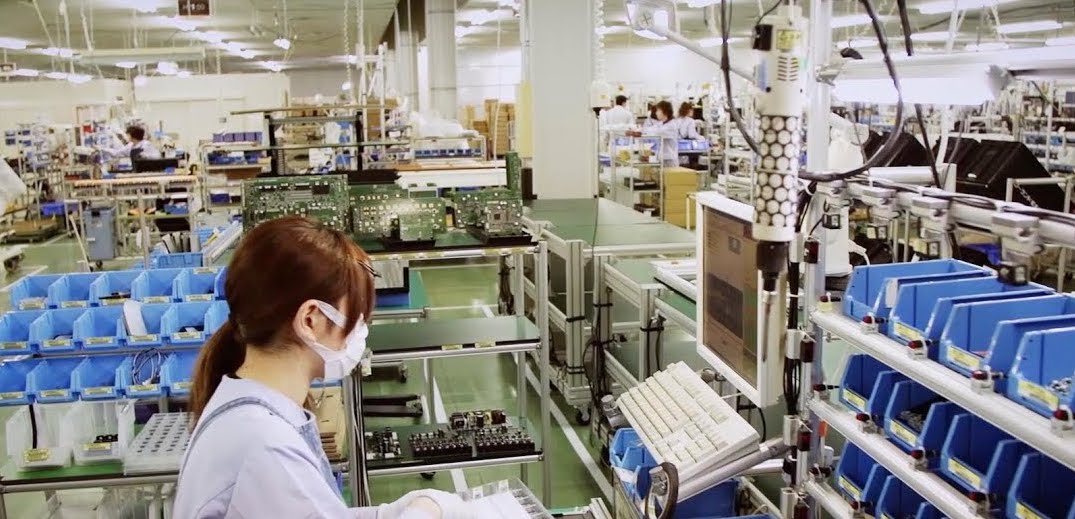
Before we get into any specific recommendations; let's briefly discuss two foundational aspects of the architecture of the rhythm computer.
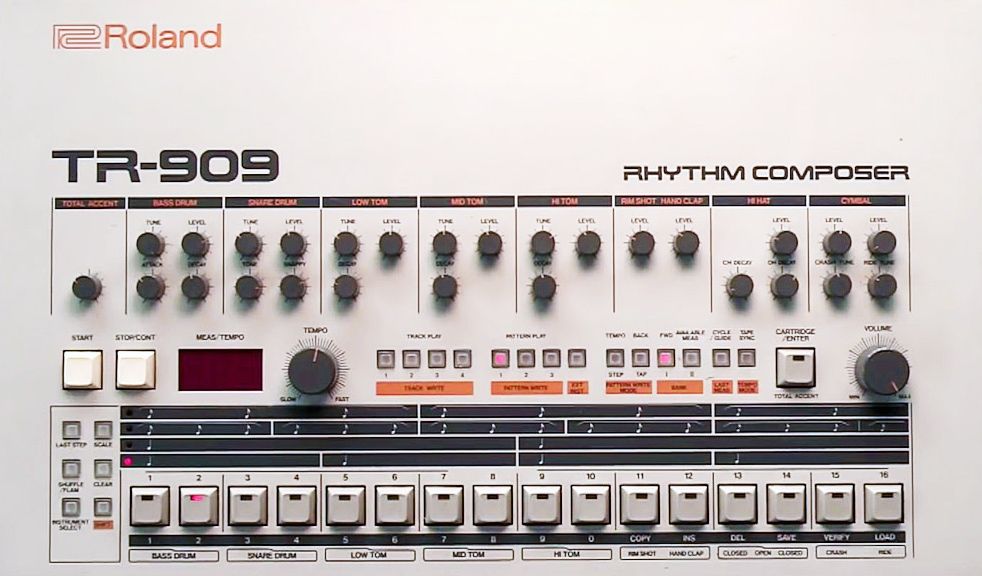
Drum machines classically have two modes of sound generation. Synthesis, and sampling. Synthesis is a type of sound generation that occurs within the box, it is powered by oscillators, filters, and many other stages of sound sculpting pooled together to create a drum sound. Most drum machines follow a subtractive model of synthesis which means that filters are primarily used to shape the tone of your sound. This is true for all analog drum machines, as well as the less common digital synthesis-based drum machine.
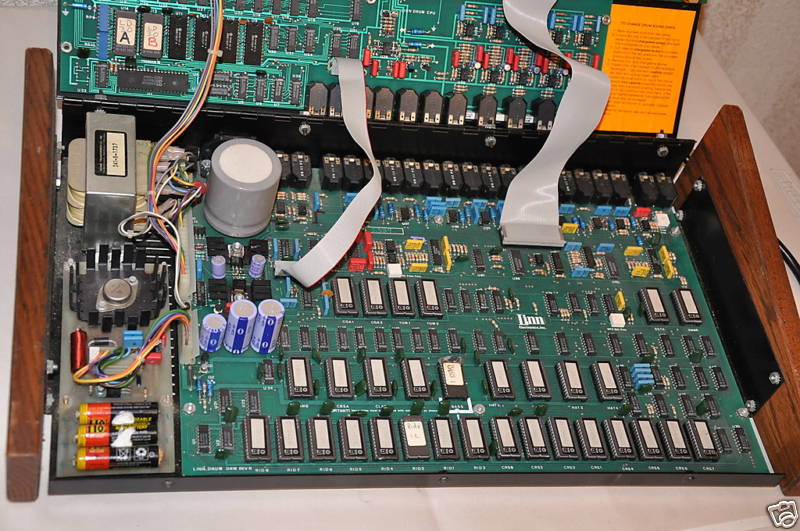
Other drum machines utilize sampling to power their rhythms. If a drum machine generates sounds through samples, that means that it uses a series of small bespoke recordings played back in a sequence to create its rhythms. The advantage of samples is that they allow for a larger variety of sounds to be stored on the machine, but your ability to tweak those sounds is lessened. Whereas with a synthesis-based drum machine, the inverse is true: your sounds will have less variety (i.e. they sound like they’re all from the same machine), but your ability to modulate the parameters of your sound in real-time is much greater.
The debate about which is the superior of these two generational methods has been raging since the 80s, but as someone who has used both types of machines extensively, I tend to stick to this rule of thumb. Samples are great when I have an idea and I know exactly what I want to use to fulfill that creative impulse. Synthesis is great for when I want to find an idea through the process of creating and sculpting my sounds.
X0X vs. MPC
Next, let's talk about the way drum machines are played. Except for a few notable exceptions, the method for programming drum machines generally falls into two categories. The first we’ll examine is what I call the X0X model of sequencing. Primarily inspired by Roland’s legendary 808, and 909 drum machines, this mode of rhythm-making is defined by a row of 16 buttons laid out in a single horizontal line. These buttons represent one full measure of music divided into 16th-note segments. The artist can then program their beats by using these buttons to select which steps the drum sound will play on. If you have any experience in DAWs such as Live, or FL Studio this method should be very familiar to you as it plays very similarly to the DAW’s step sequencers.
Our second method of drum machine programming was inspired by the Akai MPC. This MPC style sequencing relies on large pressure-sensitive pads that allow for the artist to play in their rhythm in real-time. For some musicians, this is their preferred way of playing in a pattern, as they repute it to be a more organic and naturalistic way of playing. And when you look at how spectacular the results obtained with machines like these are; it’s pretty difficult to disagree.
Recommendations
Now that we’ve got an idea of our 4 basic options when buying a drum machine let's move on to the fun part: Our Recommendations! For this section, I’ve created three categories at three different price points. Beginner, Intermediate, and Advanced. For each of these categories, I’ll briefly explain what you can reasonably expect from a machine at that level, with an eye towards build quality, fidelity, and quality-of-life features.
**It should be noted that we are only looking at drum machines that are currently in production and purchased easily through a certified dealer like Sweetwater etc. No DSI Tempests, MFB Tanzbars, or MPC 1000’s**
Beginner
What I define, as a beginner or “entry-level” drum machine is any piece of kit under 500 dollars. This may sound like a lot at first, but as we’ll learn throughout this section this is a pretty tame price when you factor in all the functionality you’re getting with some of the higher-end equipment on our list.
What you can expect in this range is a drum machine that prioritizes its high, and low-end with a good build quality and a fairly simple sequencer. Now as I’ve said in many blogs in the past, simple does not mean bad. If you’re someone just starting in the world of drum programming this is the perfect place to start.
Drumbrute Impact

My first recommendation in this category is the Drumbrute Impact from Arturia, this is an analog drum machine that features a kick that can vibrate your lungs as well as a toggle-able distortion on the machine’s master bus. This is perfect for people who want a hands-on approach to their sequencing as it has a 16-button horizontal layout for the traditional X0X style, as well as pads that can capture glimpses of the MPC style. Additionally, the front face of the machine has a one-knob-per-function design, that makes it easy to learn how a parameter affects your drum sound. All around it's a great device for beginners who are down to spend some time with their gear.
Volca Beats
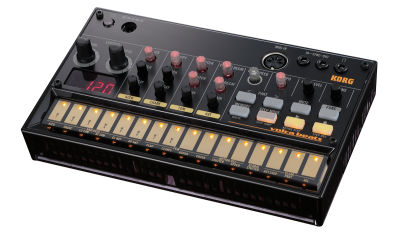
My second recommendation under the beginning price point, is a tried and true mainstay in the world of drum machines. I’m talking about the Volca Beats from Korg! This is a small but mighty machine that will teach you all of the basics of what a drum machine can offer. This machine is geared towards absolute beginners but has a beefy enough sound that in the hands of a master, it can be an inspired choice.
Intermediate
Let’s move up on our scale, and start looking at machines in the 500-1000 dollar range. This is the point where we can start expecting a little more from these instruments. Builds in this category should be high-quality, and durable enough that you can gig with them. Their sound should start to express the mids of your drum sounds as cleanly as its highs and lows. This is the kind of machine that you can get very familiar with as you can expect it to take care of you for years.
Digitakt
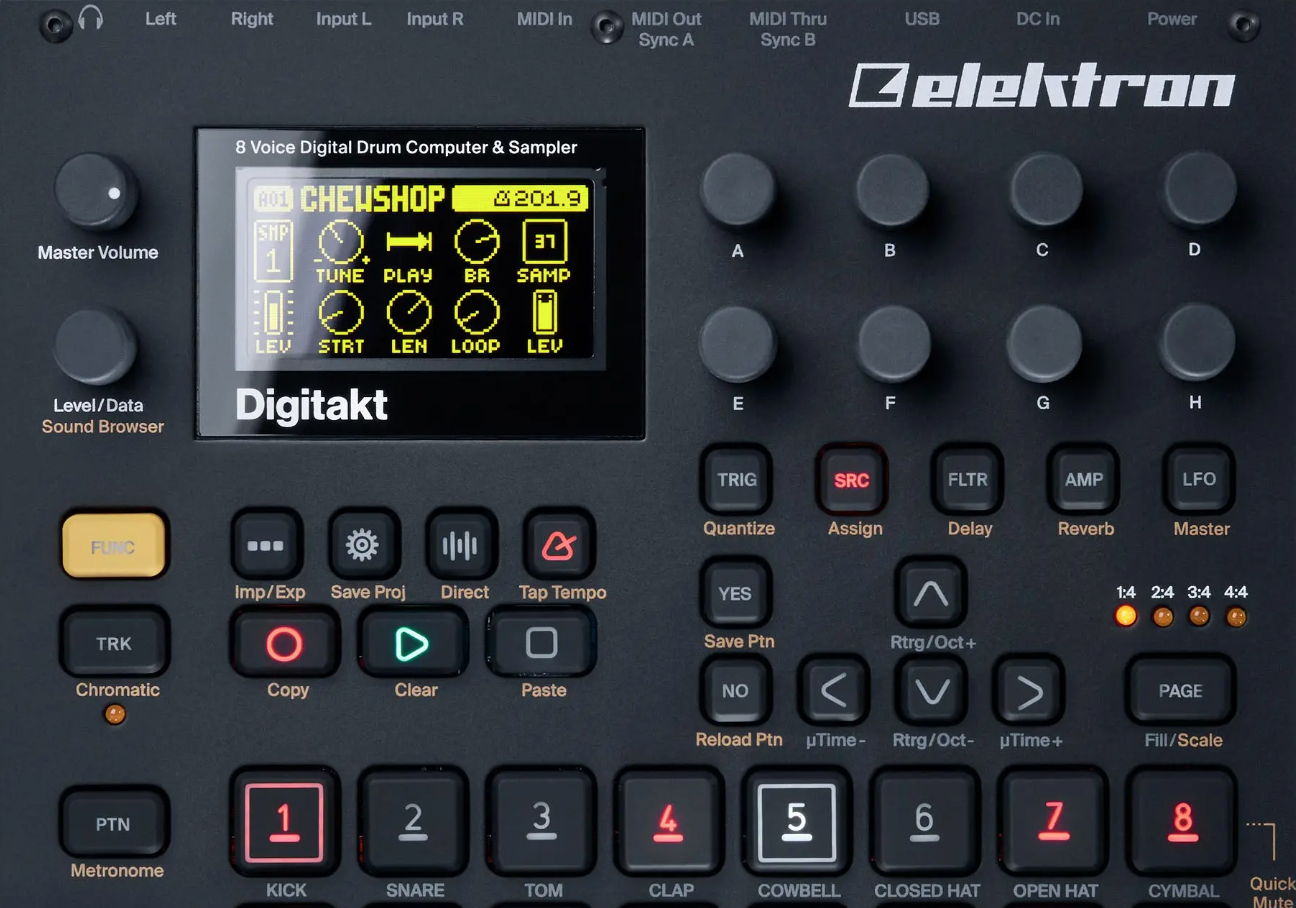
My first recommendation in this class is the ever-popular, Elektron Digitakt! Released in 2017 the sample-based drum machine/sequencer has become a modern classic. Featuring an eight-voice architecture, the Digitakt also boasts eight channels of midi sequencing as well as Elektron’s proprietary parameter locks. With parameter locks, you can modulate any parameter on the machine and lock that modulation to any step on its sequencer. This turns the machine into a creative ecosystem that you can explore for ages.
MPC One+
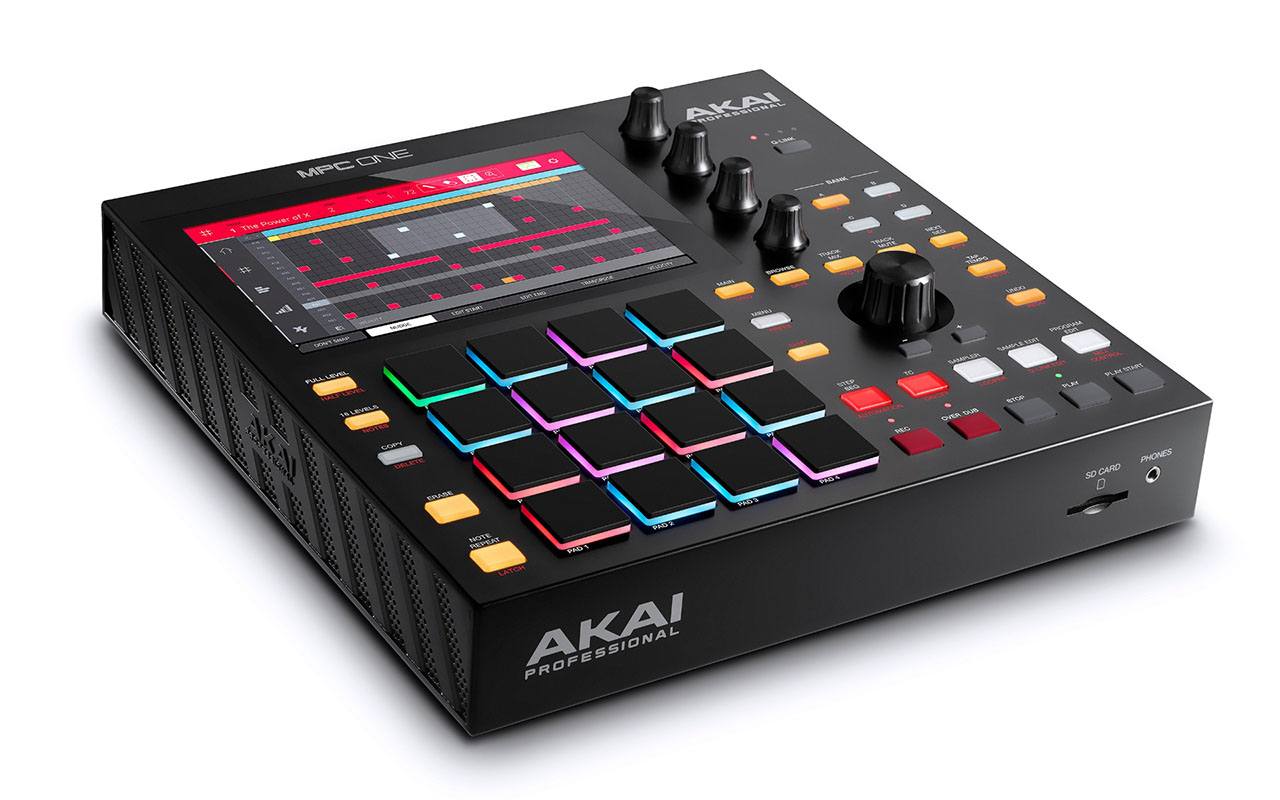
The second instrument I’d like to talk about at the intermediate price point is the MPC One+ from Akai. This machine is a stunning refinement of one of the most important innovations in the MPC dynasty. It features 16 pressure-sensitive pads, a stereo input for recording, and connectivity for both MIDI and CV. If you’re inspired by the beat-making of J-Dilla or thousands of other legendary producers, then this is a great entry point!
Advanced
Finally, we come to the big leagues, this category is for the Rolls-Royces of drum machines. In this price bracket, you can expect superb build quality, and high-fidelity sound that expresses every frequency in the spectrum equally. These are instruments that go for 1,000 dollars and above and are at the top of the hardware food chain.
Analog Rytm
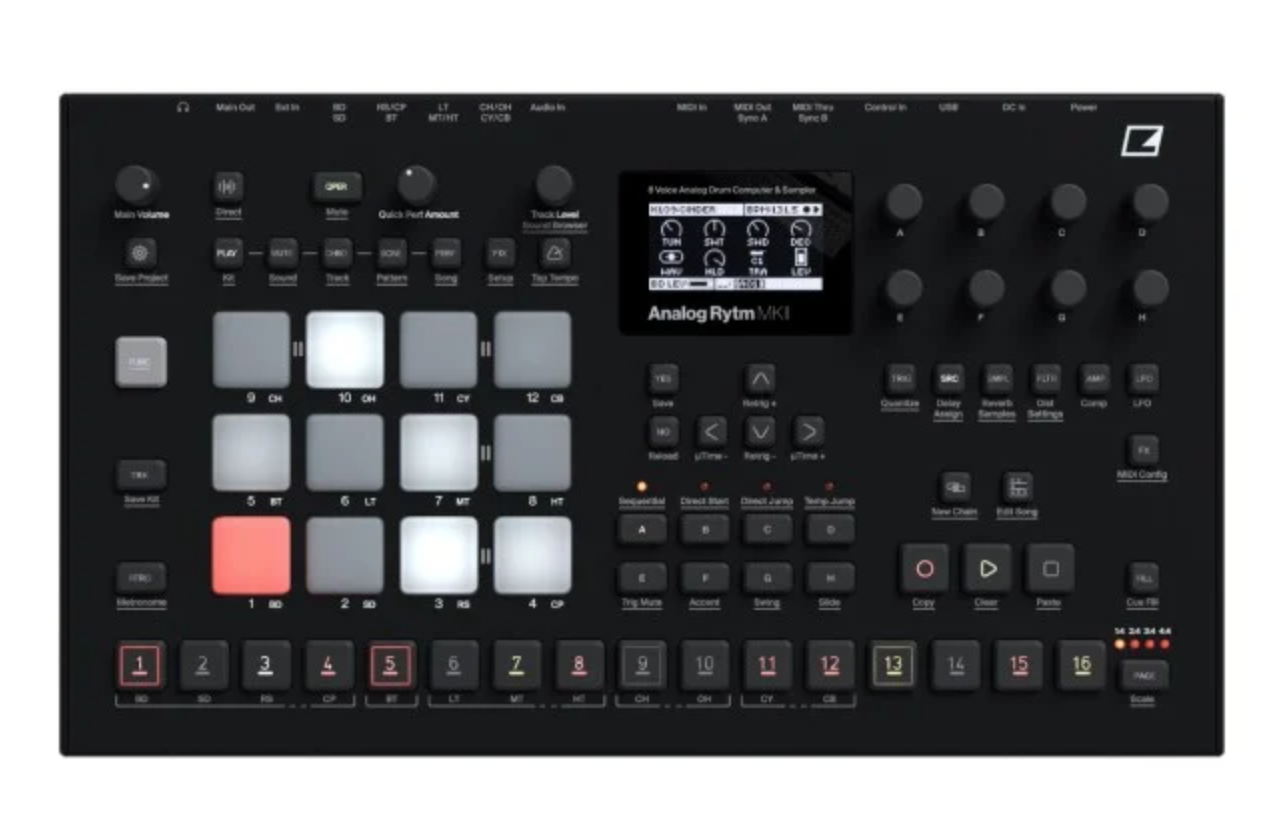
My first recommendation for this price bracket is also Elektron’s second appearance on this list. We’re talking of course about the Analog Rytm. This is one of the most versatile drum machines on the market, as it features an 8-voice architecture that can stack both samples and analog synthesis. Not to mention the fact that the Rytm features multiple synthesis engines for some of its drum sounds as well as parameter locks. This is a machine that has stayed a staple in studios since its introduction in 2014.
Pulsar-23
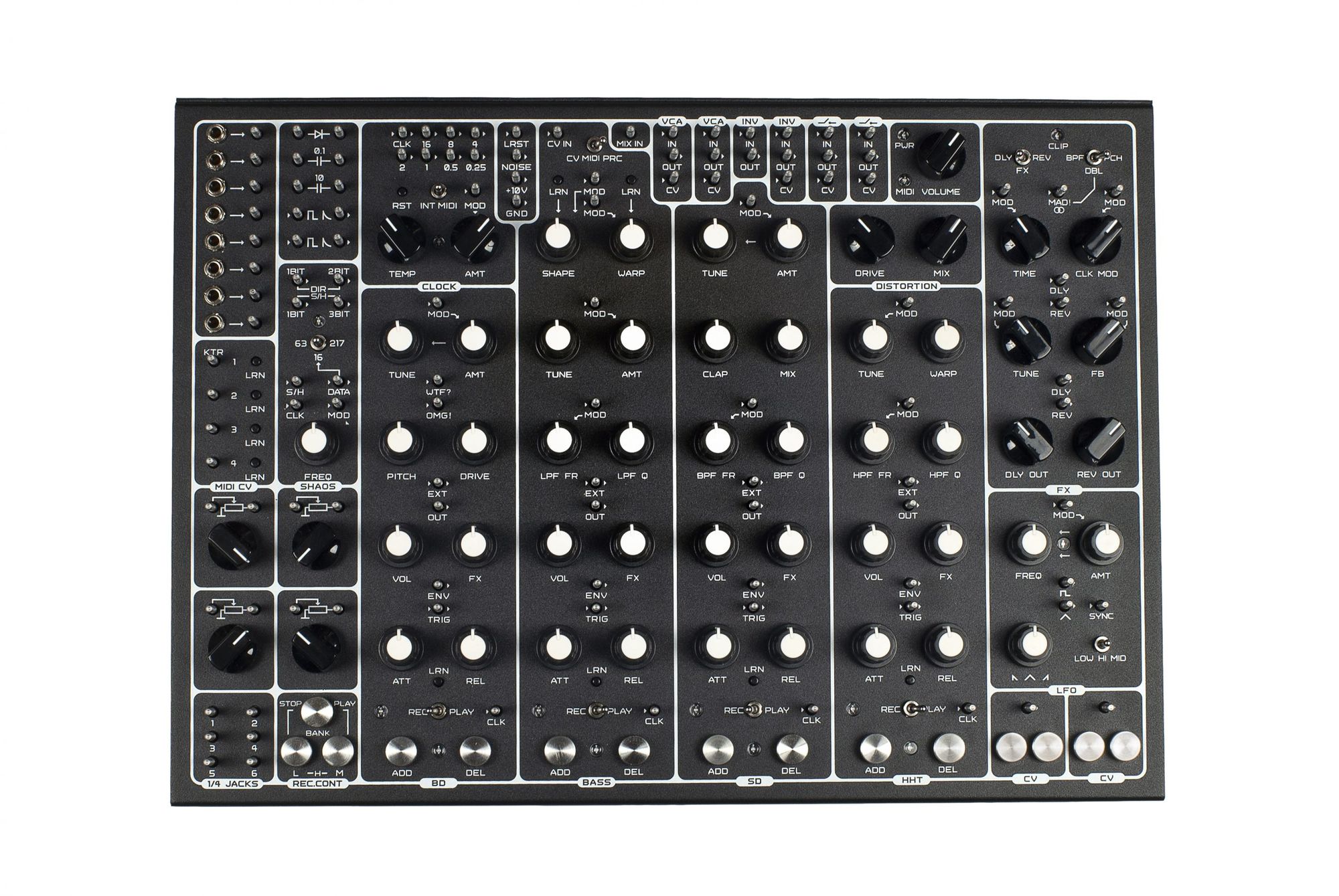
Our last entry is probably the most unique drum machine on our list. My final recommendation for our advanced category has to be the Pulsar-23 from Soma Laboratory. This is a machine focused on organic emergent drum sounds and rhythms. Though it only features four voices, each one is an open-ended synthetic powerhouse that can make truly original and inspiring sounds. Thanks to the machine’s semi-modular design, one can create relationships of inter-mingling synthesis that can inspire even the most seasoned sound designers.
When an artist decides to take the plunge with hardware, the synthesis of the producer’s inspiration and the machine’s capabilities is truly special. Through some strange alchemy, a piece of music is made that could only occur due to the intervention of the artist and the machine. In
this way, the drum machine becomes just as much a collaborator as it does an instrument.
When choosing your first drum machine, my advice is first to listen to your music. As you carefully scan your songs, identify what you feel is lacking in the drum sounds you already have. Then simply, use the hardware to fill that hole.
Next week, we’re talking about Cluster Delay. One of the most interesting plug-ins on the planet, so stay tuned!


